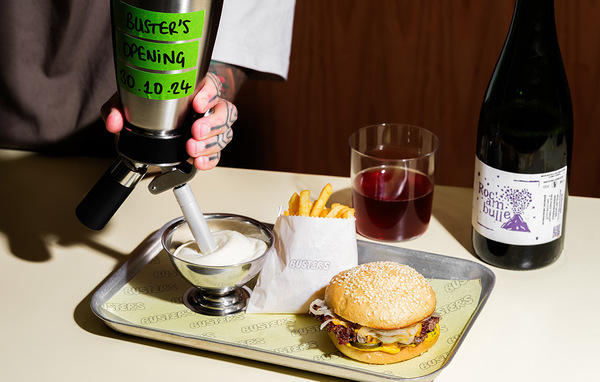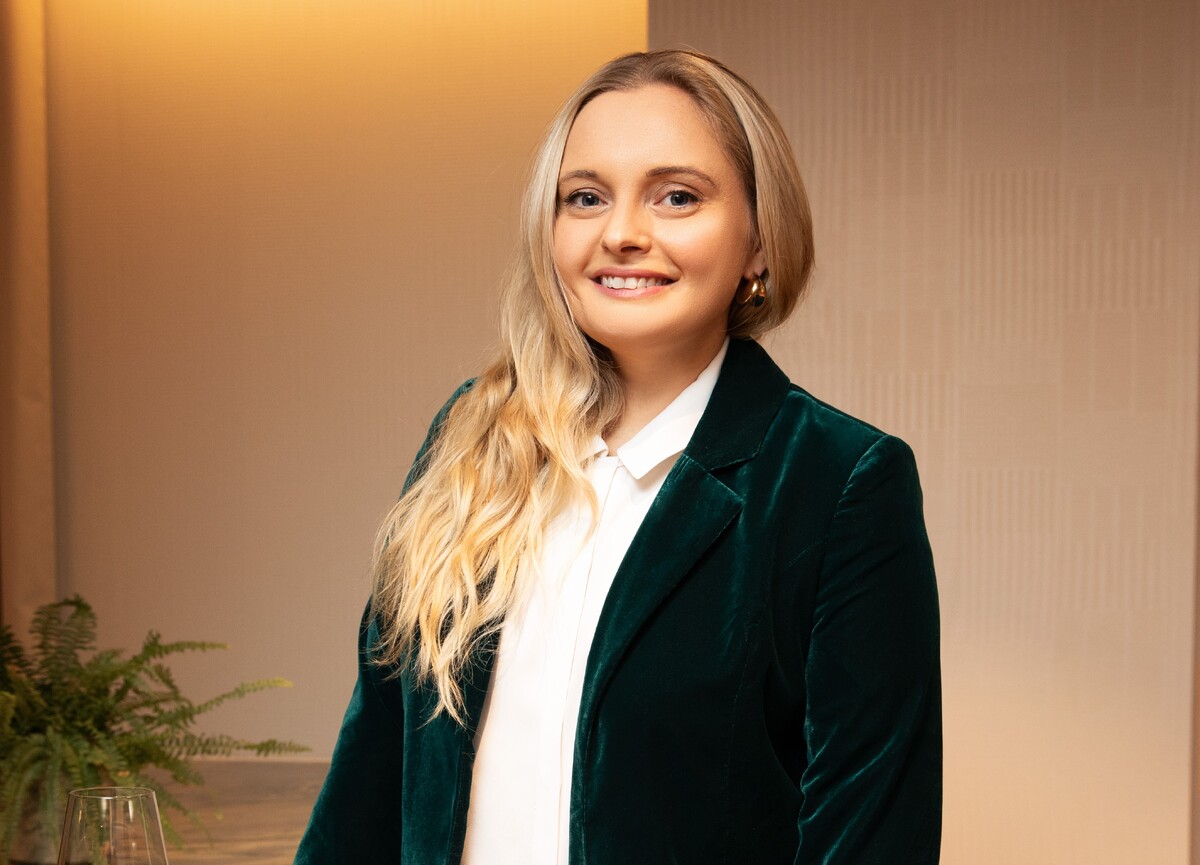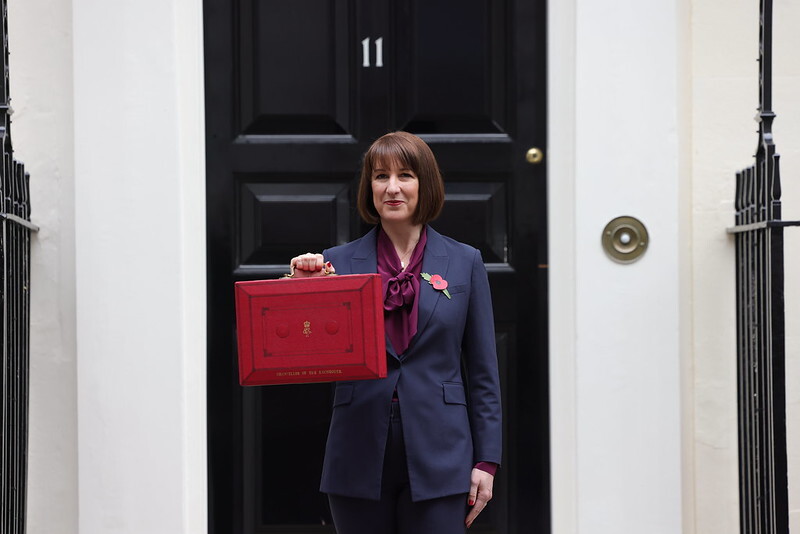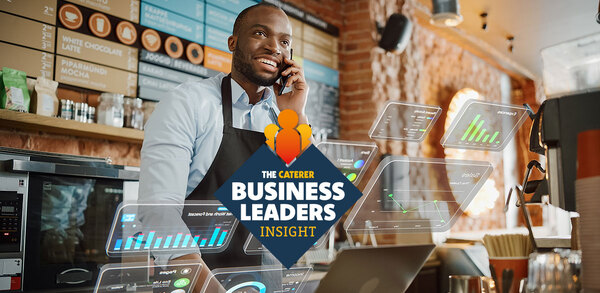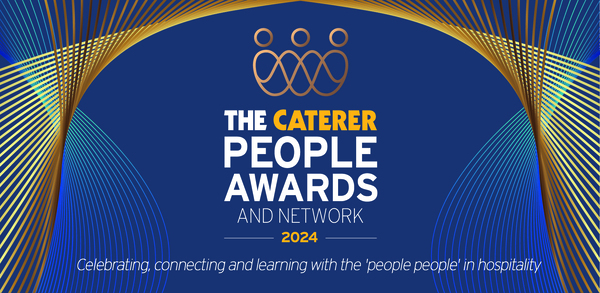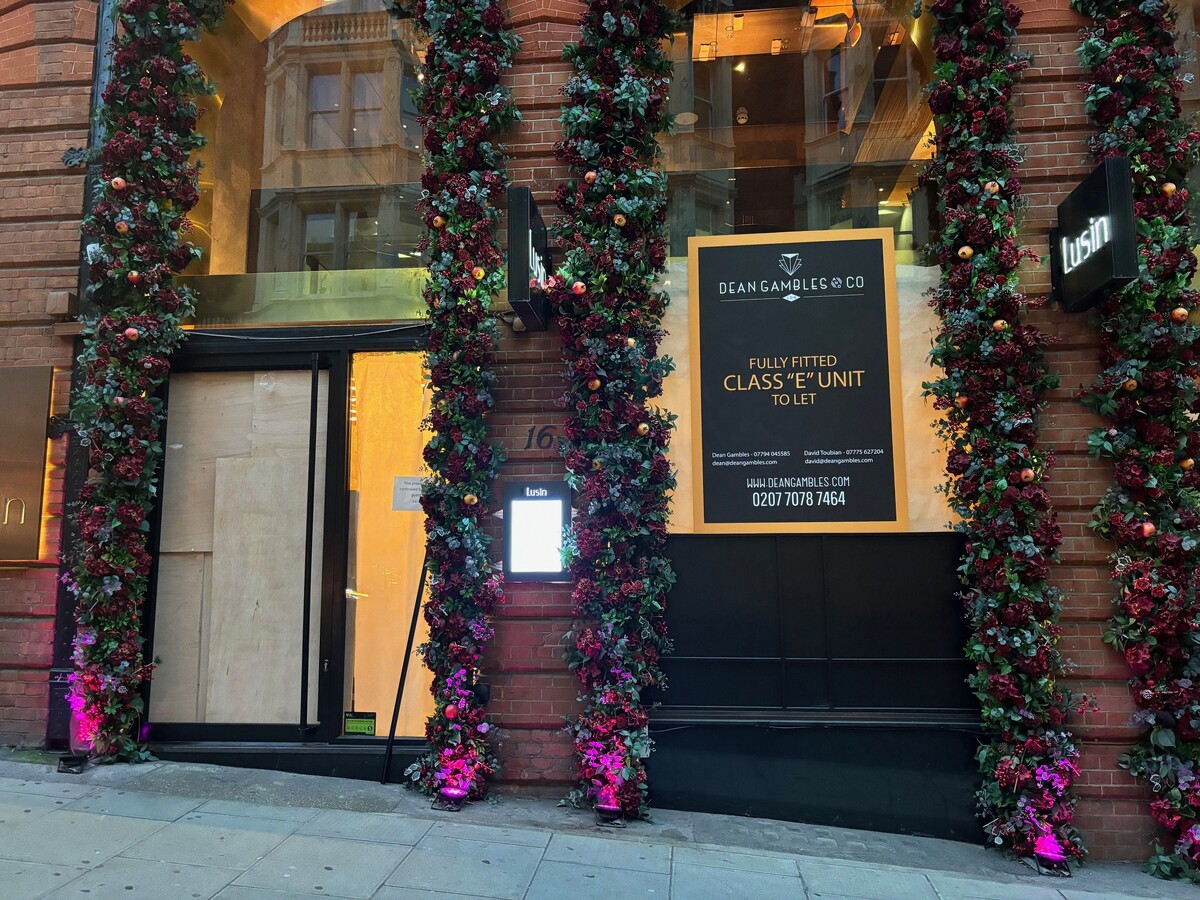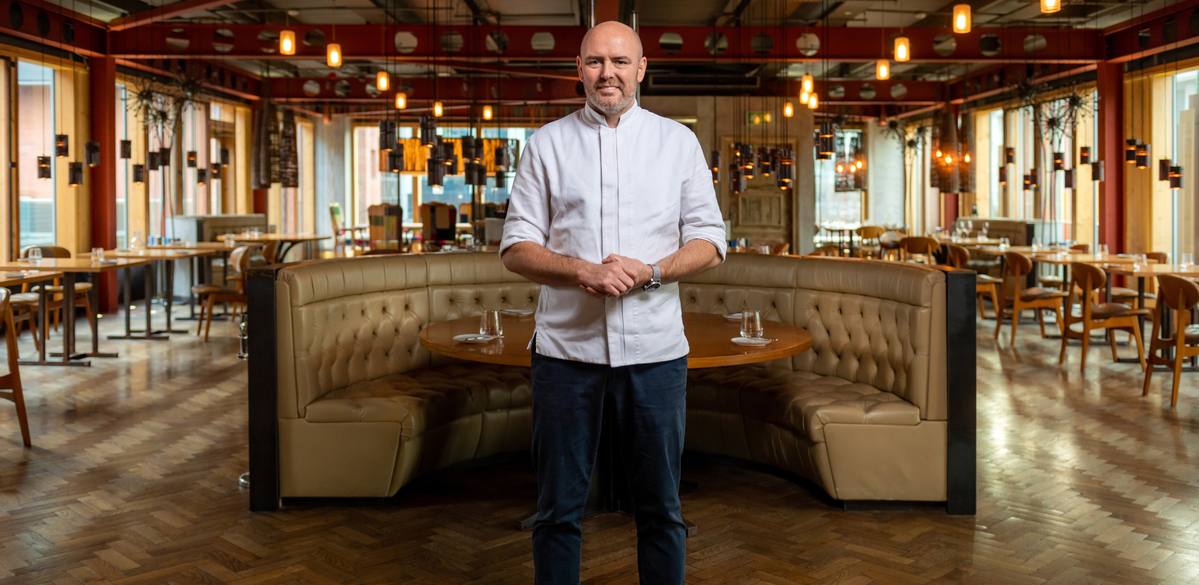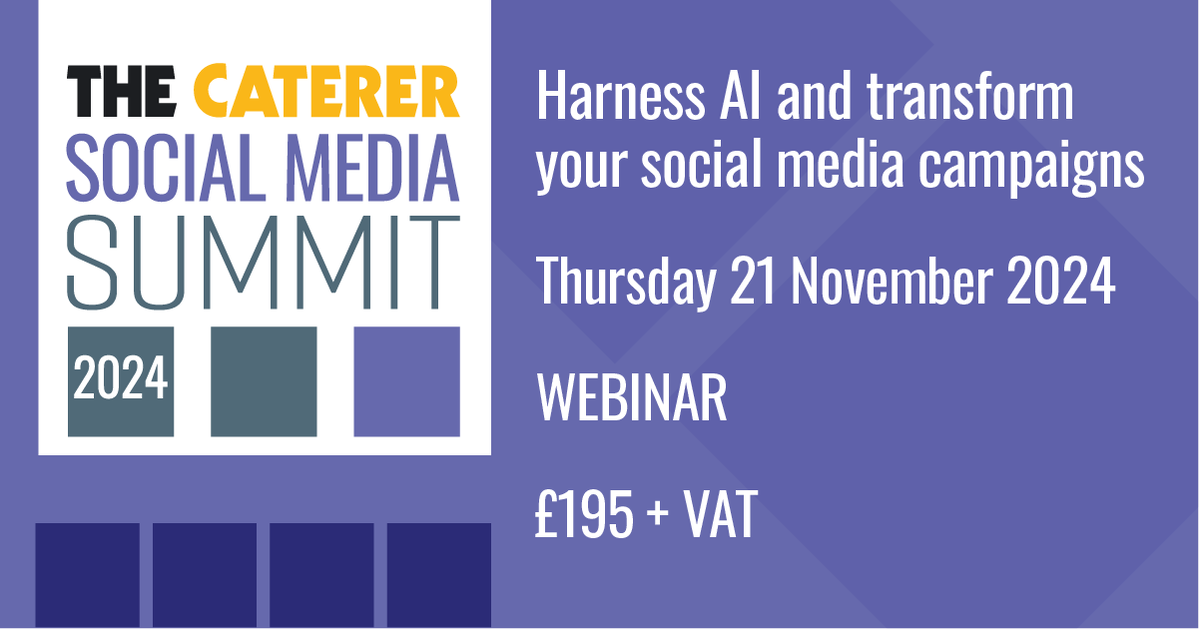All time low: high times for low-alcohol drinks
Sales of low- and no-alcohol drinks are higher than ever. John Porter looks at the options for beverages without the buzz
As a nation we are becoming more abstemious and health-conscious, a trend that has driven sales of not only low- and no-alcohol beers, which have doubled in five years, but also ciders, mocktails and brands designed as substitutes for spirits and wine.
While there are worthy consumer motivations driving overall growth, at the point of delivery, when a customer actually orders their drink in a restaurant or pub, the very 21st-century concept of FOMO, or Fear Of Missing Out, also seems to be in play.
In this context, one reason that direct no and low alternatives to alcohol have become a drinks category in their own right, rather than an extension of the soft drinks market, is that they offer an opportunity for consumers to enjoy the occasion without seeming a party-pooper.
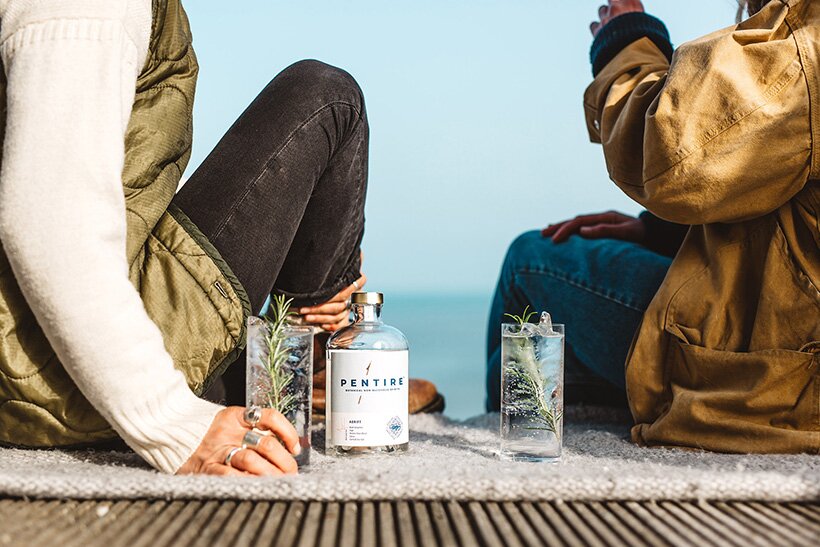
Alcohol education body Drinkware reports that its annual Monitor survey of habits shows that regular drinkers – those most likely to be out on the on-trade – prefer no and low brands because their friends are “less likely to notice or question why they are not drinking alcohol and because it feels more sociable”, says Annabelle Bonus, Drinkaware director of evidence and impact.
The appeal, she adds, is that they are not missing out or spoiling the mood. “Others stated they noticed their decision to drink alcohol-free or low-alcohol drinks makes the people they are with feel ‘less guilty’ about their choice to drink.”
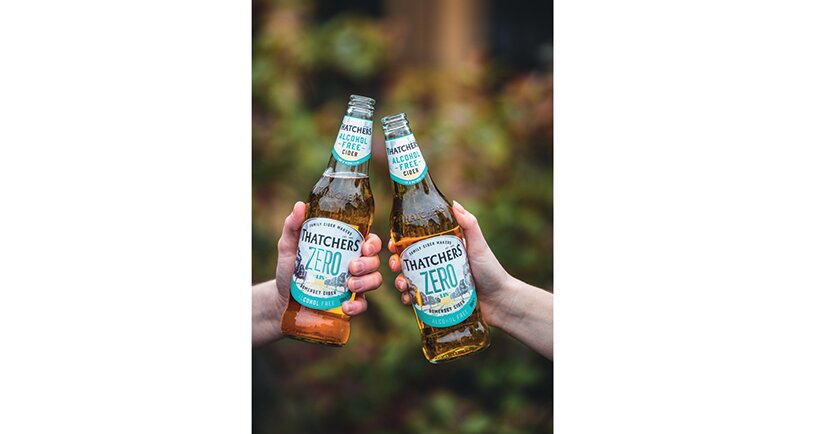
For operators, this makes it as important to focus on the enjoyment that the drink delivers as any loftier motivations. Chef and restaurateur Jason Atherton now stocks the sparkling grape range from Wild Idol, which had been developed by a drinks industry team including former Lanson Champagne manager Paul Beavis.
Atherton says: “It’s always been a challenge to find delicious non-alcoholic options for the restaurants. Wild Idol is clean, naturally fruity and aromatic and has a really elegant yet contemporary look, which is perfect for my restaurants.”
Mix and match
Pub group Fuller’s now offers at least one alcohol-free beer at each pub and, says drinks marketing manager Ed Fryer, is also “gently encouraging” pubs to have at least one spirit alternative: “In some of our city bars where there’s a younger demographic, and in our destination food pubs, where we know people drive, we’re actively looking to beef up our no and low options.”
Fryer says that while the business expected midweek and lunchtimes to see highest demand, “where we see our greatest total sales tends to be Friday and Saturday night. We’re seeing two customer types develop: one is the abstainer, who will come in and have three or four alcohol-free beers in an evening, and then there’s those who want to elongate their session, and so will have an alcohol-free beer after a couple of standard beers.”
The mix-and-match approach has also been noted by Stephen Young, sales director at Asahi UK, which this year launched Peroni Nastro Azzurro 0.0, a reformulated no-alcohol version of its premium Italian lager. “We don’t have the stats to back it up yet, but anecdotally what we’re seeing is that people alternate between the main Peroni brand and 0.0.”
Alistair Frost, founder of spirits alternative range Pentire, says: “We’re finding most people still drink alcohol, they just choose Pentire at times when they’re trying to be healthier or if they just want to reduce their overall alcohol consumption. Our hope is that people choose it because they like the way it tastes as well as the way it makes them feel the next day.”
The desire not to feel “left out” when ordering low and no drinks in the on-trade tallies with research carried out by KAM Media in conjunction with the Lucky Saint brand, which found that 65% of consumers looking for a no-alcohol beer say they prefer draught, which has the advantage of looking like any other pint.
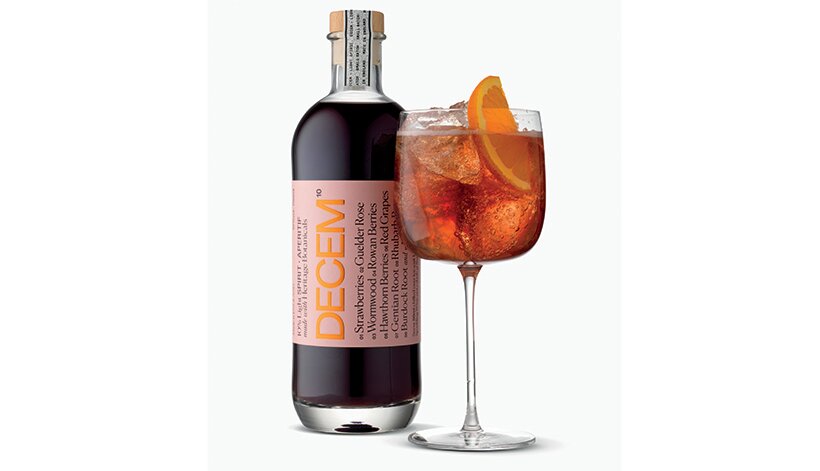
“The greatest reward of drinking is the social connection, not the alcohol,” argues Luke Boase, founder of Lucky Saint. “As a society, we are adapting so we can enjoy social moments with friends without alcohol or the pressure to drink. That’s why quality alcohol-free options are so important.
“We also need to rethink what we understand as a ‘non-drinker’ in the UK. Most Brits buying alcohol-free are looking to moderate, as opposed to going teetotal. The younger generation in particular are looking to reduce their alcohol intake, and having a great-tasting alcohol-free beer at the pub is crucial.”
Hold my beer
This summer saw the launch of the first 0.5% ABV cask ale from Big Drop, a version of its Paradiso Citra IPA. James Kindred, co-founder, believes “the conversation is now more about the breadth of the beer category, than about low and no being a specialist area. It’s filling that gap, not just for drivers, but for people looking for more choice”.
The category is also opening new opportunities, as John Clements, vice-president of marketing at Carlsberg Marston’s Brewing Company, explains: “San Miguel 0.0% beer is now available across 30 taps at selected bars at Lord’s cricket ground, providing an option to those who want to enjoy the matchday occasion but aren’t planning to drink alcohol. Gen Z consumers are very interested in no and low beers, so a good choice in alcohol-free will be important to keeping the category engaged.”
Mark Bentley, on-trade category controller at Molson Coors Beverage Company, says: “The range has never been better. We offer drinkers alcohol-free options in lager, with Cobra Zero and Bavaria 0.0; cider, with Rekorderlig Alcohol Free and ale, with Doom Bar Zero, catering to a host of different tastes. We also recognise that low- and no-alcohol isn’t just about beer. That’s why our wider portfolio now includes more ‘adult’ soft drinks choices.”
With Thatchers Zero now the best-selling low or no apple cider in the off-trade, Rob Sandall, on trade director at Thatchers Cider, says “It’s important that operators don’t neglect cider drinkers. Low and no beverages have their own place at the bar, and should complement, not compete. Make sure the serve is as good – have the correct glassware; serve from the fridge, and use a garnish if appropriate.”
New arrivals Other recent launches demonstrate the drive to expand the choice of low and no alternatives:
- Distributor Euroboozer imports Stiegl Zitrone 0.0%, a no-alcohol version of a classic Radler, combining lemon flavour with a straw-coloured, naturally cloudy beer.
- Wilfred’s is an alcohol-free spritz made from natural botanicals, combined with bittersweet orange, rosemary and a dash of rhubarb, to be served with tonic and ice.
- New London Light from Salcombe Distilling Co offers two non-alcoholic spirit alternatives, Midnight Sun and Aegean Sky, both of which can be turned into refreshing long drinks with mixers and garnish.
- MasterChef 2016 finalist Billy Wright has launched Decem, a range of three 10% ABV lighter spirits in London Dry, Spiced Blend and Aperitif varieties.
Premium products Accolade Wines is using a de-alcoholising technology in Hardys Zero wines, which employs a gentler process to remove alcohol, retaining more of the aroma, body and flavour of full-strength wine. Tom Smith, marketing director, Europe, for Accolade, says: “Beer has done a great job of moving the no and low sector forward. Wine still needs to catch up and there’s a big opportunity to improve its no and low offering. While many low and no innovations are usually off-shoots of existing brands, there is a space for greater premiumisation.”
Agnieszka Jastrzebska, marketing manager for kombucha and natural energy brand Good Earth, says in-venue communication is needed to promote less-familiar drink styles. “Yes, get the right choice of product, but getting it noticed and talked about is key to driving sales, from menu cards to disruptive displays and coasters. Work with your brand to find the best solution.”
Operators planning to invest in fridge space and dispense kit for no and low ranges might also ask how much the market can continue to grow. Kyle Ryan, on-trade category manager for San Miguel, says: “If we take the Spanish market as an example, no and low beers have been available for around 40 years and now represent around 14% of beer sales. That would be the equivalent of around £1.6b annually based on UK sales.”
Young believes “this has the potential to be a really big category, just because there’s been a seismic improvement in the quality of what’s available in the category.”
But sounding one note of caution, he adds: “At this point, you’re not going to have eight or nine alcohol-free beers in your fridge. You have to back one or two horses.”
Suppliers
Accolade Wines www.accolade-wines.com
Asahi UK uk.asahibeer.co.uk
Big Drop Brewing www.bigdropbrew.com
Bolle Drinks www.bolledrinks.com
Carlsberg Marston’s Brewing Company www.carlsbergmarstons.co.uk
Decem www.decemdrinks.com
Euroboozer www.euroboozer.co.uk
Good Earth www.goodearth.co.uk
Lucky Saint luckysaint.co
Molson Coors Brewing Company www.molsoncoors.com/">www.molsoncoors.com
Pentire www.pentiredrinks.com
Salcombe Distilling Co www.salcombegin.com
Thatcher’s www.thatcherscider.co.uk
Wild Idol www.wildidol.com
Wilfred’s www.wilfredsdrinks.com


